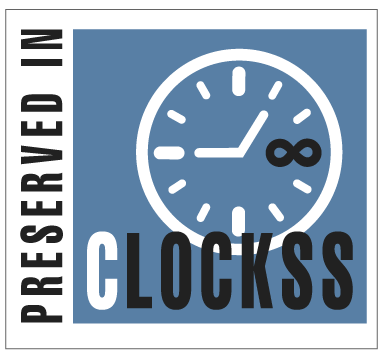Abstract
Laser-Induced Breakdown Spectroscopy (LIBS) has emerged as a powerful technique for analyzing materials through the creation of plasma by laser ablation. In this study, we present a comprehensive investigation of plasma parameters in an Fe target using LIBS spectroscopy. The experiment involved using a high-power laser to ablate the Fe target, generating a plasma plume that emitted characteristic spectral lines. By analyzing the emitted light, we extracted valuable information about the plasma parameters, including electron temperature, electron density, and ionization degrees. The LIBS setup was carefully calibrated and optimized to ensure accurate and reliable measurements. The obtained spectra were employed within the framework of the Boltzmann plot technique to determine plasma temperatures, where as the evaluation of electron density was accomplished through the utilization of Stark broadening analysis. The ascertained electron temperature values spanned from 12760 K to 13804 K for iron (Fe), accompanied by an electron density ranging between 2.72 × 1017 cm–3 and 3.62 × 1017 cm–3 for Fe. These derived electron temperature and density values subseqnuently served as pivotal inputs for the estimation of additional plasma parameters, including the Debye length, the particle count within the Debye sphere, and the plasma frequency.
Keywords
Boltzmann plot technique, Fe, LIBS, Plasma, Stark broadening method
Subject Area
Physics
Article Type
Article
First Page
3421
Last Page
3429
Creative Commons License

This work is licensed under a Creative Commons Attribution 4.0 International License.
How to Cite this Article
Abed, Hiba A.; Mazhir, Sabah N.; and Alrashid, Saeed N. T.
(2025)
"Spectroscopic Investigation of Plasma Parameters in an Iron Target: A comparative study of different laser energies,"
Baghdad Science Journal: Vol. 22:
Iss.
10, Article 19.
DOI: https://doi.org/10.21123/2411-7986.5091








